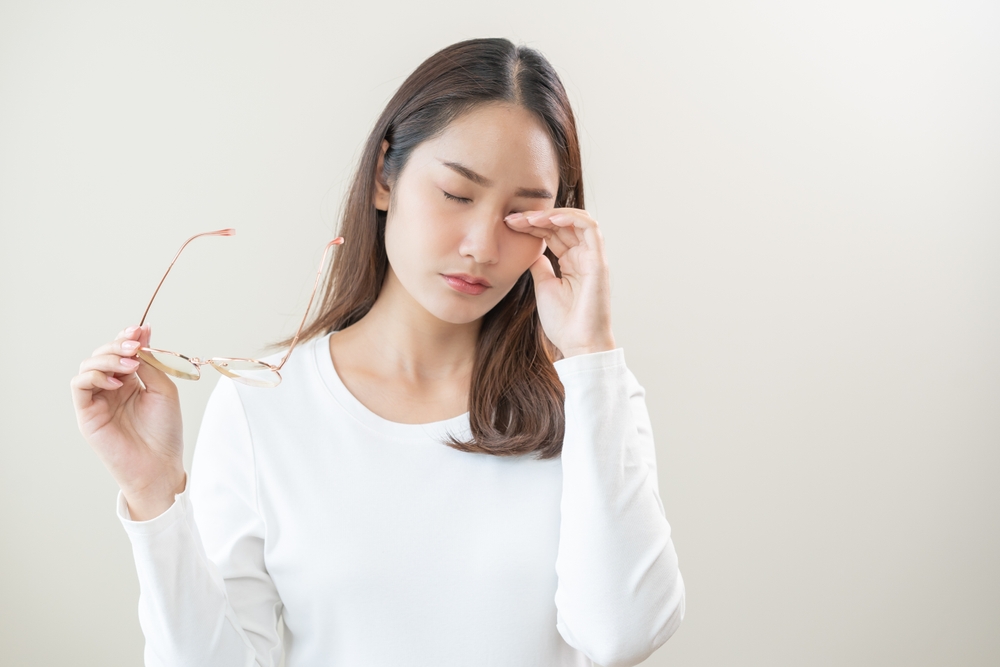
Dry eye disease affects millions of people and is one of the most common conditions eye doctors treat. While the symptoms may seem similar, not all cases of dry eye are the same. Understanding whether you have evaporative dry eye or aqueous deficient dry eye is essential, because each type requires a different treatment approach.
What Is Evaporative Dry Eye?
Evaporative dry eye occurs when your tears evaporate too quickly. This is most often caused by dysfunction of the meibomian glands - tiny oil glands in your eyelids that help stabilize your tear film. Without enough protective oil, tears evaporate before they can properly lubricate your eyes.
Common causes include:
• Meibomian gland dysfunction (MGD)
• Inflammation along the eyelid margins (blepharitis)
• Environmental factors such as dry air, wind, or excessive screen use
Treatment approaches often include:
• Warm compresses or in-office thermal treatments to open blocked glands
• Eyelid hygiene routines
• Omega-3 supplements to improve tear quality
• Advanced therapies like intense pulsed light (IPL) or radiofrequency treatments
What Is Aqueous Deficient Dry Eye?
Aqueous dry eye happens when your eyes don’t produce enough tears in the first place. This type is often linked to issues with the lacrimal glands, which are responsible for making the watery component of tears.
Common causes include:
• Aging and hormonal changes
• Autoimmune conditions such as Sjögren’s syndrome
• Certain medications that reduce tear production
Treatment approaches often include:
• Prescription eye drops to stimulate tear production
• Artificial tears or gels to provide moisture
• Punctal plugs to slow tear drainage
• Managing underlying health conditions contributing to reduced tear flow
Why the Difference Matters
If you only replace tears with artificial drops but don’t address meibomian gland dysfunction, evaporative dry eye will continue to worsen. Likewise, if you focus solely on oil gland treatments without increasing tear production in aqueous dry eye, symptoms will persist. That’s why a thorough evaluation by your eye doctor is crucial - determining the underlying cause ensures you receive targeted treatment that provides real, lasting relief.
Take the Next Step at Eyes of North Scottsdale
Not all dry eye is the same and knowing whether you have evaporative or aqueous dry eye is the first step toward finding the right solution. We use advanced diagnostic technology to pinpoint the cause of your discomfort and develop a personalized treatment plan tailored to your needs.
If you’ve been struggling with dry, irritated eyes, you don’t have to live with the discomfort. Schedule a dry eye evaluation at Eyes of North Scottsdale and discover treatment options designed to bring you lasting relief and clearer, more comfortable vision. Visit our office in Scottsdale, Arizona, or call (480) 863-0707 today.












